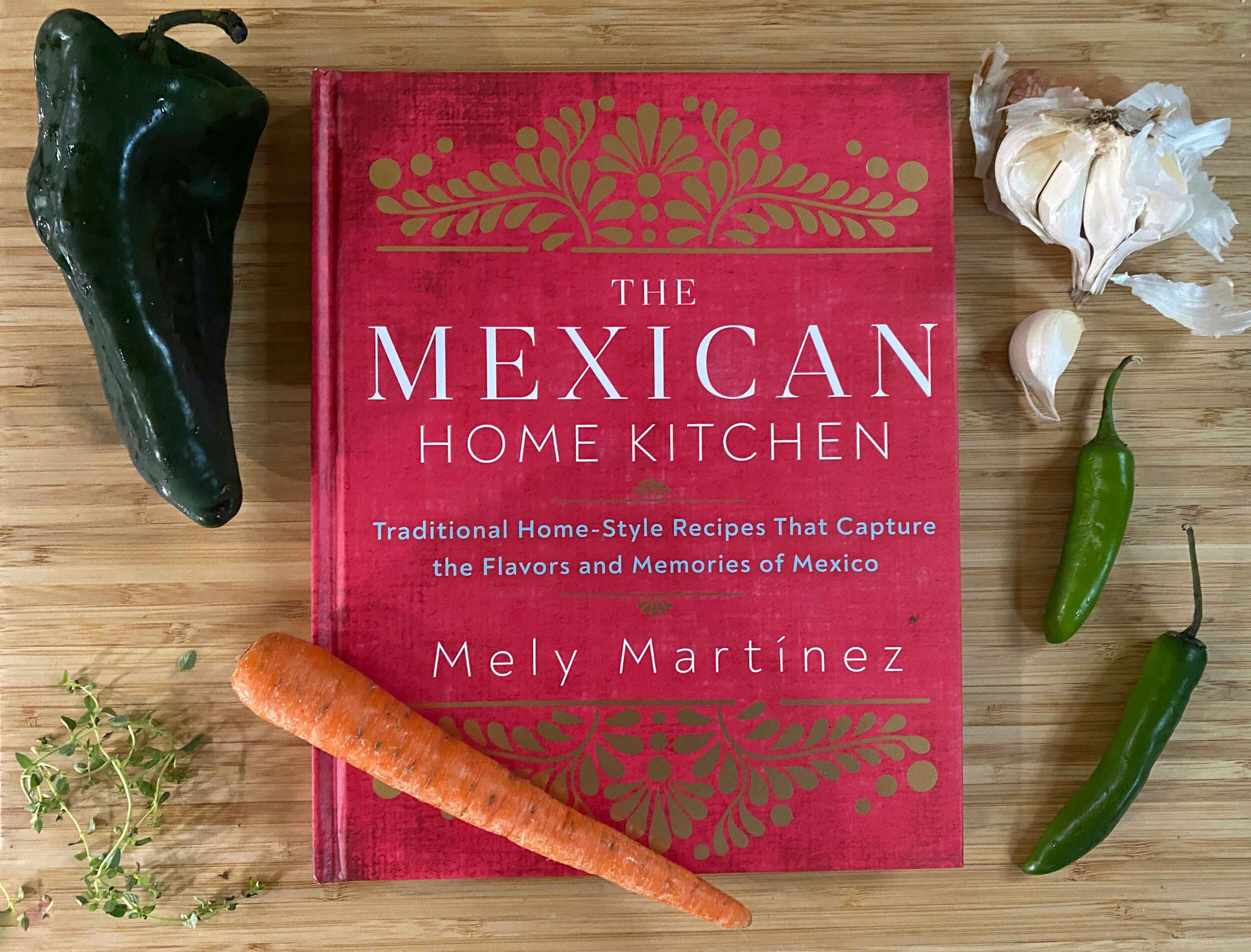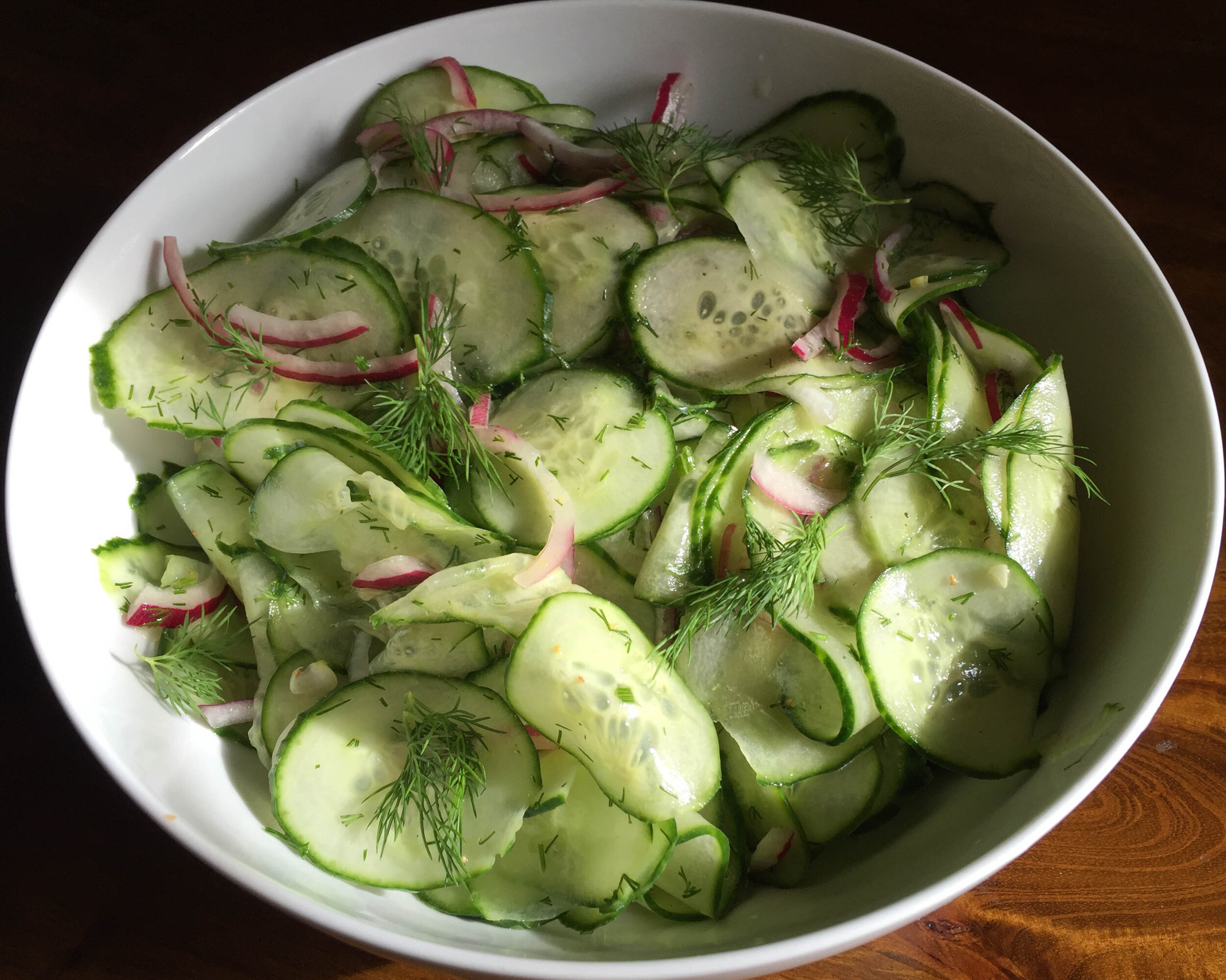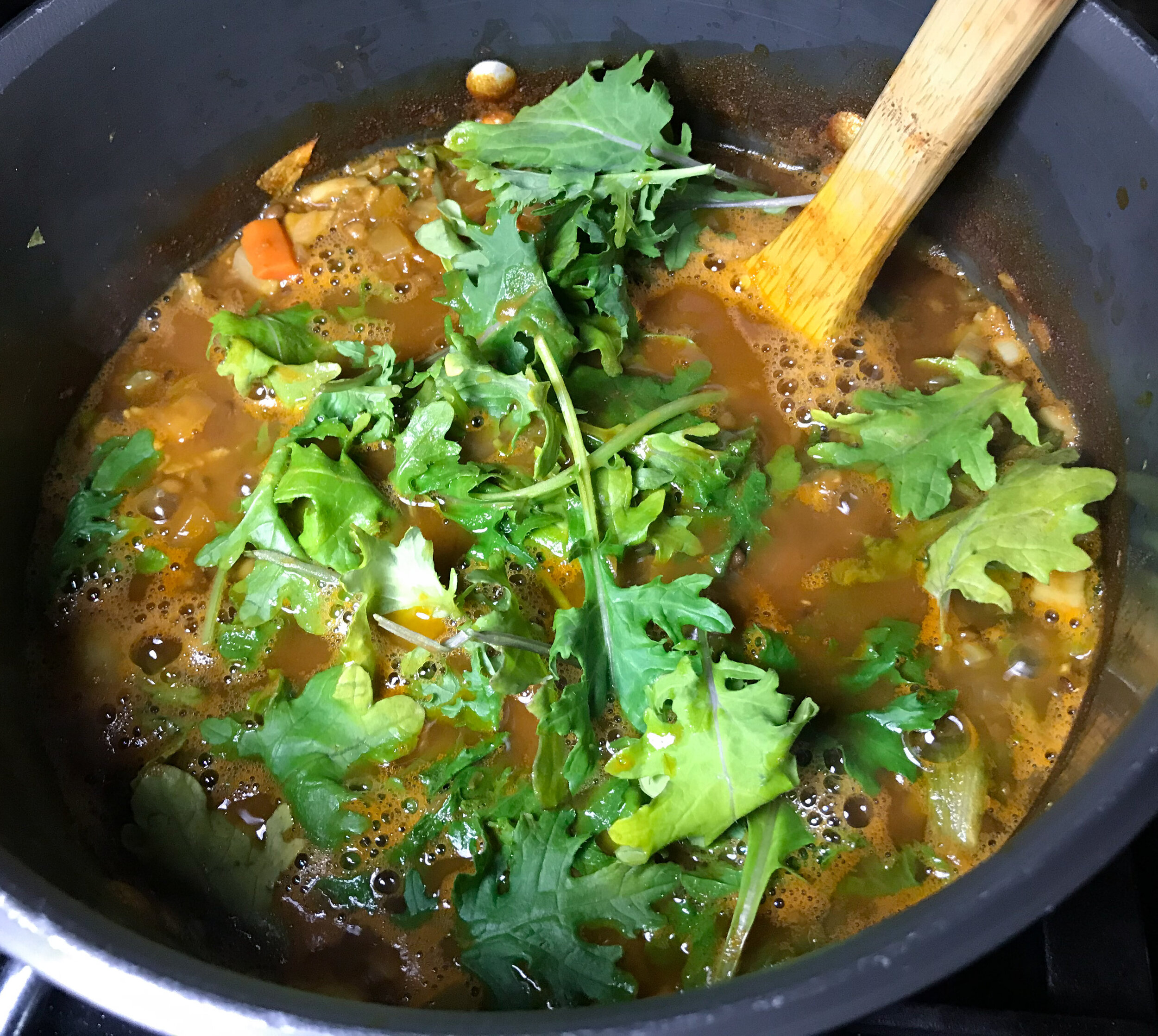Recipe provenance is a hot topic among food writers at the moment, as efforts to avoid cultural appropriation and give creators their proper due is top-of-mind. In his “What to Cook” column last week, New York Times food editor Sam Sifton announced changes to the way that important publication will be acknowledging provenance in its recipes henceforth.
We applaud the Times’ new focus on transparency. Here at Cooks Without Borders, we’ve always tried to be mindful of crediting creators whose recipes we’ve adapted. And now, as we are in the process of adding recipe cards to each of our recipes (yaaas!), we have been simultaneously taking stock of our own acknowledgement of provenance — fine-toothing our recipe archives to shine the spotlight a bit brighter on recipes’ originators.
Sometimes it even results in a name-change for a dish, usually one we’ve adapted from a cookbook. Raw Zucchini Salad with Green Olives, Mint and Pecorino, for instance, is now A16’s Raw Zucchini Salad with Green Olives, Mint and Pecorino. Although we had previously acknowledged Nate Appleman and Shelly Lindgren and their 2008 cookbook, A16 Food + Wine, as the source of the recipe, we thought it would be even better to commemorate the provenance directly in the dish’s name.
Still . . . the whole issue of who actually creates recipes is often much more complicated than who wrote them down and got them published in a book, or served them in a restaurant. The truth is that dishes generally evolve over time — getting tweaked, changed, added to, zhuzzhed and riffed on by cooks around the world, in the course of years and decades and centuries. Occasionally a brand-new dish springs fully realized from the head of a creator, but that’s the exception rather than the rule.
Deviled Duck Leg Provençal served with saucy braised lentils
So, if we adapt a recipe for, say, moussaka from a cookbook author who learned that recipe from a home cook in Greece, how should we handle that? It’s not as simple as it might seem. Certainly we credit the cookbook author in the headnote, but probably not in the name of the recipe. It’s totally a judgement call, and we try to err on the side of too much credit rather than too little. That said, it’s the home cook back in Greece who gets the short end of the wooden spoon, which is not ideal.
Now and then, we’re able to trace the evolution of a dish — at least somewhat — and I always find it uncommonly satisfying.
Deviled Duck Legs Provençal is a case in point. I was introduced to it by a Los Angeles Times story by Regina Schrambling back in 2003, shortly before I joined the staff of the Times. In the story, Schrambling explained that she found the basis for the dish — duck legs rubbed with Dijon mustard and coated with bread crumbs — in Madeleine Kamman’s book In Madeleine’s Kitchen. Shrambling’s own touches were adding herbes de Provence and swapping panko for regular bread crumbs.
Now that that’s straight, consider the dish itself: slow-baked duck legs, rich and meaty, with a bright tang of Dijon, lovely herbal notes and the delightful crunch of panko. For something so easy to achieve, it’s pretty damn fabulous.
Serve it on undressed spring mix, as Shrambling suggested lo those many years ago, or on arugula or frisée, and let the salad sop up the duck’s juices.
Or go the lentil route, and simmer up a saucy batch of French green lentils braised in red wine with mirepoix. We haven’t put together an actual recipe for those lentils yet, but they’re a snap to make. Cut a carrot, a stalk of celery and about an equal amount of onion or shallot into small dice, sweat those in a little olive oil with a branch or two of thyme, add French green lentils, coat them with the mirepoix mixture and let them cook a minute. Add some red wine to cover, bring to a boil, let the alcohol cook off, then lower the heat and simmer till the lentils are just tender, about 20 or 25 minutes depending on the lentils, stirring now and then. Add more wine as necessary to keep the lentils happy (you can also add water or chicken broth if you prefer). Keep it a little wet and saucy at the end: You’ll want that winey sauce.
Want to make it even more luxurious? Whisk in a little butter at the end.
Aw, go on — you deserve it.








































































